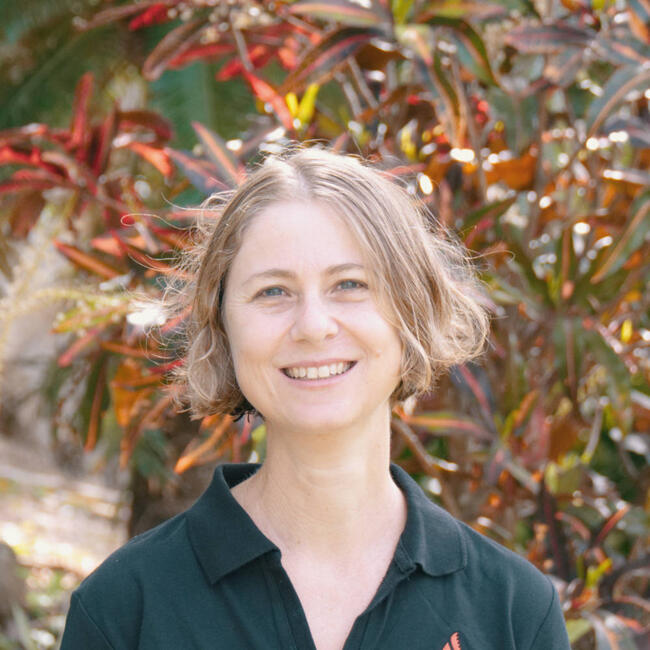Coordinated, whole-of-region, feral pig response needed on Cape
Coordinated, whole-of-region, feral pig response needed on Cape
It is estimated that there are more than 20 million feral pigs in Australia, with the highest numbers found on Cape York peninsula.
CEO John Gavin said feral pigs were a threat to the land, waters, plant, animals and economy of the region.
‘Feral pigs are a huge problem on the Cape. As well as being a potential vector for African Swine Fever which could decimate Australia’s pork industry, they cause major headaches for the agriculture sector through crop damage and destruction, churn up waterways and wetlands which causes sediment to flow out to the northern Great Barrier Reef, spread weed seeds, consume native reptiles, insects and birds, destroy endangered turtle nests and eat turtle eggs and hatchlings.’
Pormpuraaw Aboriginal Shire Council Environmental Manager and Western Cape Turtle Threat Abatement Alliance (WCTTAA) Chair Robbie Morris said feral pigs pose a major threat to endangered marine turtles.
‘Feral pigs are the number one threat to a whole range of endangered marine turtle species. Putting it quite bluntly, if we don’t solve the feral pig problem, we are looking down the barrel of extinction for these turtles.
This is an unthinkable proposition but it is what we are looking at if we don’t take concerted action immediately to manage to get rid of the majority of feral pigs on Cape York.’
According to the CSIRO, effective feral pig control on Cape York requires around 75 percent of the population to be culled every year.
‘To achieve this, we need a long – term, science-based whole of region approach. It is unlikely we will ever eradicate feral pigs from the Cape entirely but if we keep their numbers low we can contain the damage they cause,’ John said.
‘We recognise Cape York is the heart of the country’s feral pig problem and we call on all levels of government to invest in a strategic, long term, whole of region feral pig management program for the Cape.
Not only would this address the threat of African Swine Fever, it would protect the region’s agriculture sector, improve water quality, help secure the future of threatened turtle species and reduce the spread of feral pigs into other regions of Australia.’
-
< prev
-
next >


